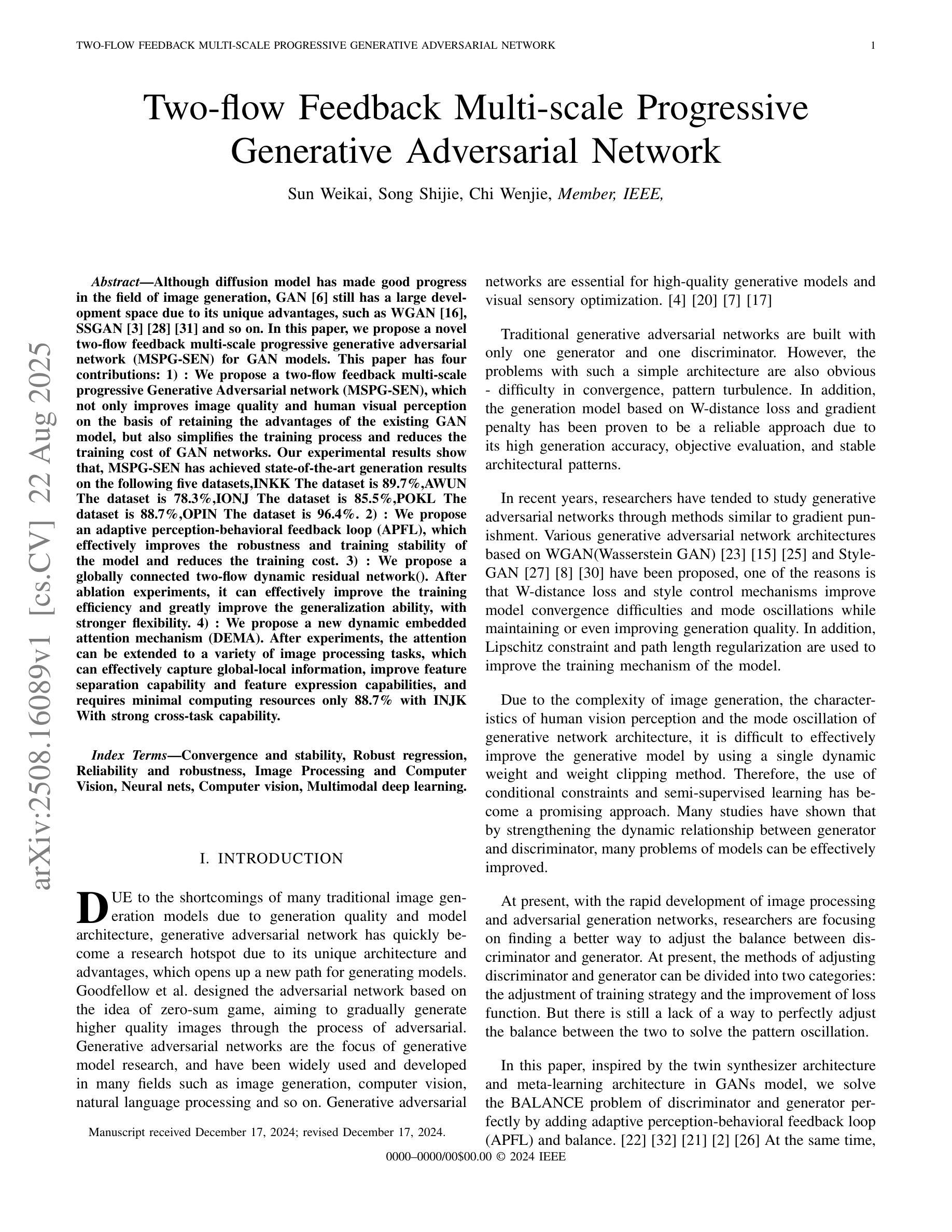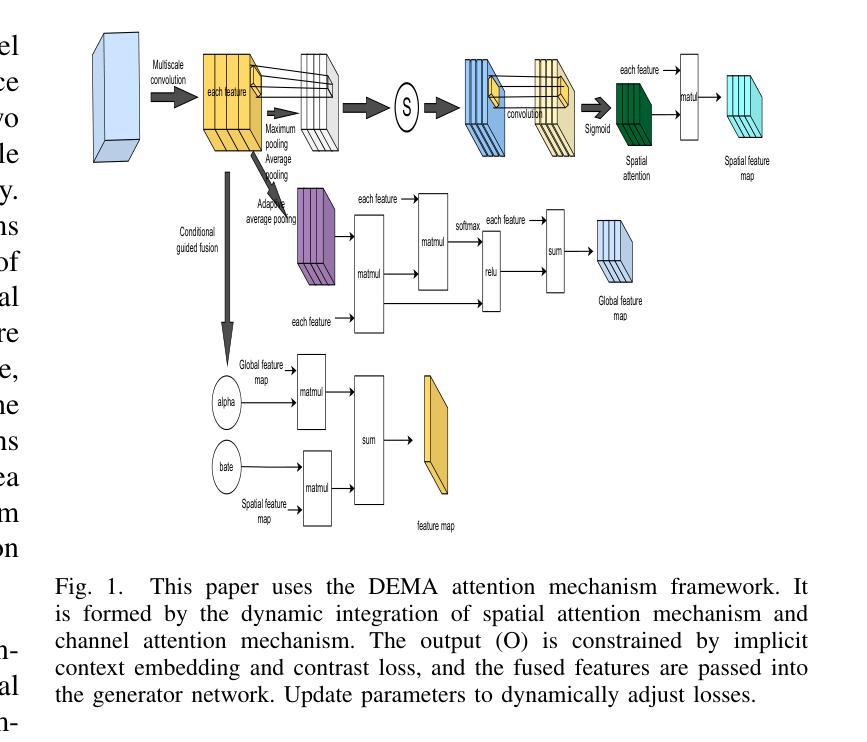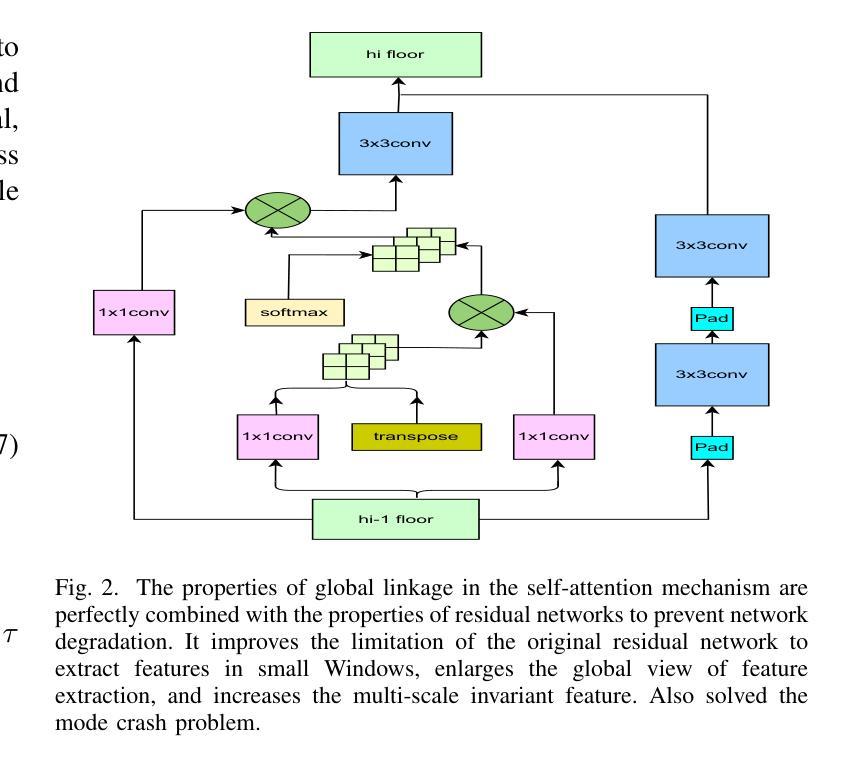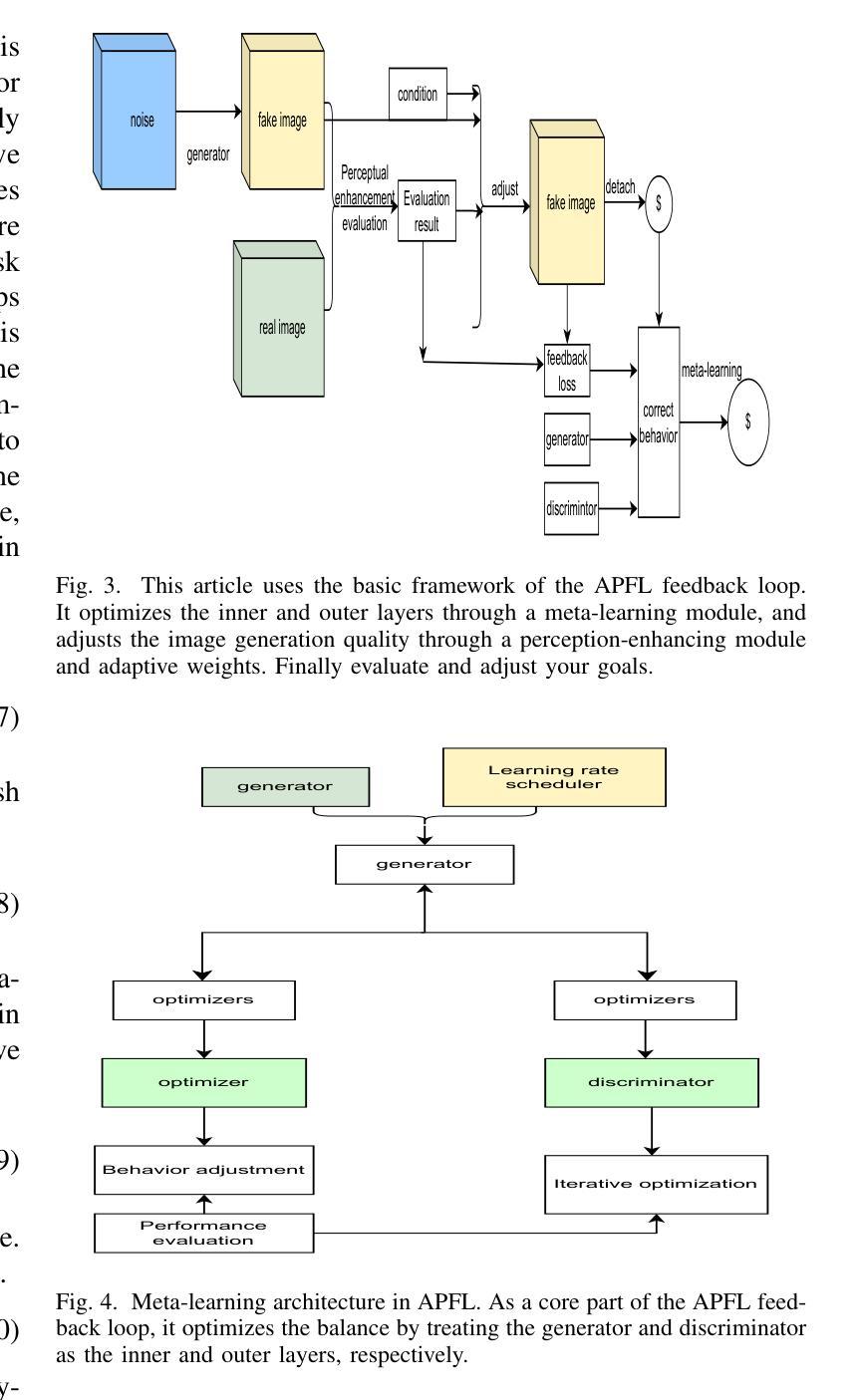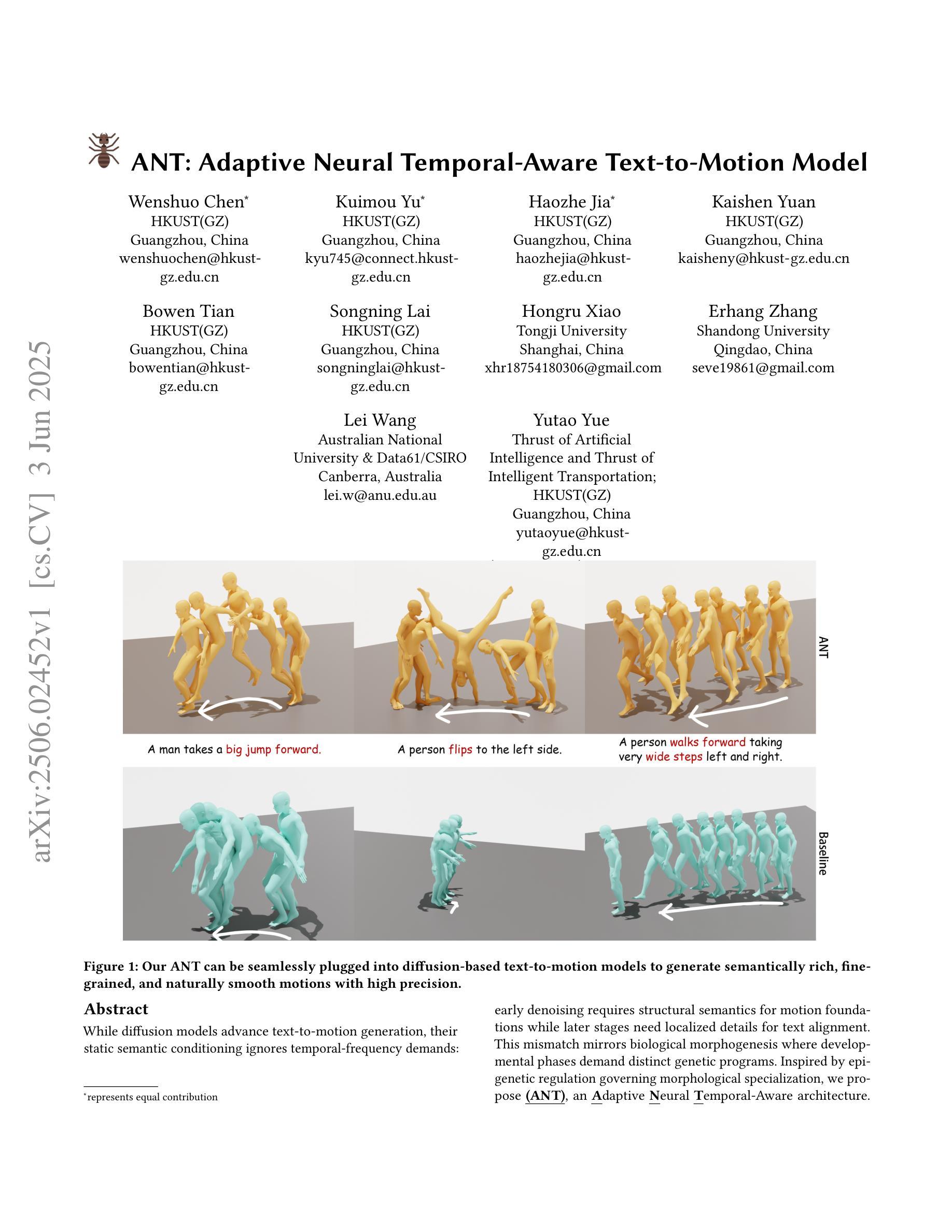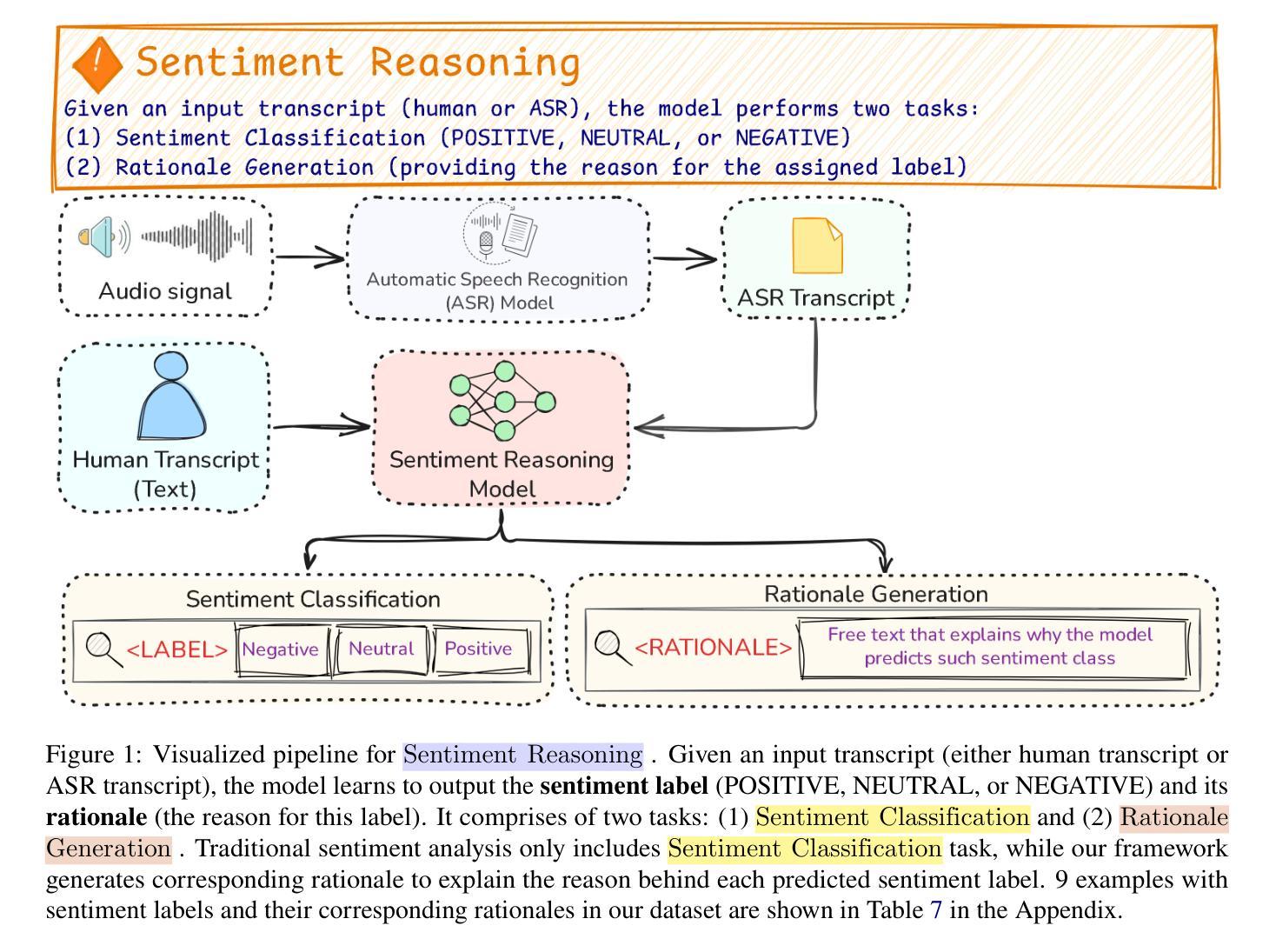⚠️ 以下所有内容总结都来自于 大语言模型的能力,如有错误,仅供参考,谨慎使用
🔴 请注意:千万不要用于严肃的学术场景,只能用于论文阅读前的初筛!
💗 如果您觉得我们的项目对您有帮助 ChatPaperFree ,还请您给我们一些鼓励!⭐️ HuggingFace免费体验
2025-08-26 更新
Two-flow Feedback Multi-scale Progressive Generative Adversarial Network
Authors:Sun Weikai, Song Shijie, Chi Wenjie
Although diffusion model has made good progress in the field of image generation, GAN\cite{huang2023adaptive} still has a large development space due to its unique advantages, such as WGAN\cite{liu2021comparing}, SSGAN\cite{guibas2021adaptive} \cite{zhang2022vsa} \cite{zhou2024adapt} and so on. In this paper, we propose a novel two-flow feedback multi-scale progressive generative adversarial network (MSPG-SEN) for GAN models. This paper has four contributions: 1) : We propose a two-flow feedback multi-scale progressive Generative Adversarial network (MSPG-SEN), which not only improves image quality and human visual perception on the basis of retaining the advantages of the existing GAN model, but also simplifies the training process and reduces the training cost of GAN networks. Our experimental results show that, MSPG-SEN has achieved state-of-the-art generation results on the following five datasets,INKK The dataset is 89.7%,AWUN The dataset is 78.3%,IONJ The dataset is 85.5%,POKL The dataset is 88.7%,OPIN The dataset is 96.4%. 2) : We propose an adaptive perception-behavioral feedback loop (APFL), which effectively improves the robustness and training stability of the model and reduces the training cost. 3) : We propose a globally connected two-flow dynamic residual network(). After ablation experiments, it can effectively improve the training efficiency and greatly improve the generalization ability, with stronger flexibility. 4) : We propose a new dynamic embedded attention mechanism (DEMA). After experiments, the attention can be extended to a variety of image processing tasks, which can effectively capture global-local information, improve feature separation capability and feature expression capabilities, and requires minimal computing resources only 88.7% with INJK With strong cross-task capability.
尽管扩散模型在图像生成领域取得了很好的进展,但由于WGAN、SSGAN等独特优势,GAN在黄等人(2023)的研究中仍然有很大的发展空间。本文提出了一种新型的两流反馈多尺度渐进生成对抗网络(MSPG-SEN)的GAN模型。本文有以下四个贡献:
- 我们提出了两流反馈多尺度渐进生成对抗网络(MSPG-SEN),在保留现有GAN模型优势的基础上,提高了图像质量和人类视觉感知,同时简化了GAN网络的训练过程,降低了训练成本。实验结果表明,MSPG-SEN在以下五个数据集上取得了最先进的生成结果:INKK数据集达到89.7%,AWUN数据集达到78.3%,IONJ数据集达到85.5%,POKL数据集达到88.7%,OPIN数据集达到96.4%。
- 我们提出了自适应感知-行为反馈环(APFL),有效提高模型的鲁棒性和训练稳定性,并降低了训练成本。
- 我们提出了全局连接的两流动态残差网络。经过消融实验,它可以有效提高训练效率,并大大提高模型的泛化能力,具有更强的灵活性。
论文及项目相关链接
Summary
本文提出了新型的两流反馈多尺度渐进式生成对抗网络(MSPG-SEN)和相关的技术贡献。MSPG-SEN保留了现有GAN模型的优点,提高了图像质量和人类视觉感知,简化了训练过程并降低了训练成本。此外,还提出了自适应感知行为反馈环(APFL)、全局连接的两流动态残差网络和新的动态嵌入注意力机制(DEMA),分别提高了模型的鲁棒性和训练稳定性、训练效率和泛化能力,以及特征表达和分离能力。
Key Takeaways
- 提出了新型的两流反馈多尺度渐进式生成对抗网络(MSPG-SEN),在保留GAN模型优点的基础上提高了图像质量和人类视觉感知。
- MSPG-SEN在五个数据集上实现了最先进的生成结果。
- 提出了自适应感知行为反馈环(APFL),提高了模型的鲁棒性和训练稳定性,并降低了训练成本。
- 引入了全局连接的两流动态残差网络,提高了训练效率和模型的泛化能力。
- 提出了动态嵌入注意力机制(DEMA),能有效捕捉全局局部信息,提高特征表达和分离能力,且计算资源消耗较小。
- DEMA可以扩展到多种图像处理任务,具有较强的跨任务能力。
点此查看论文截图
